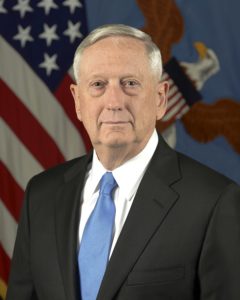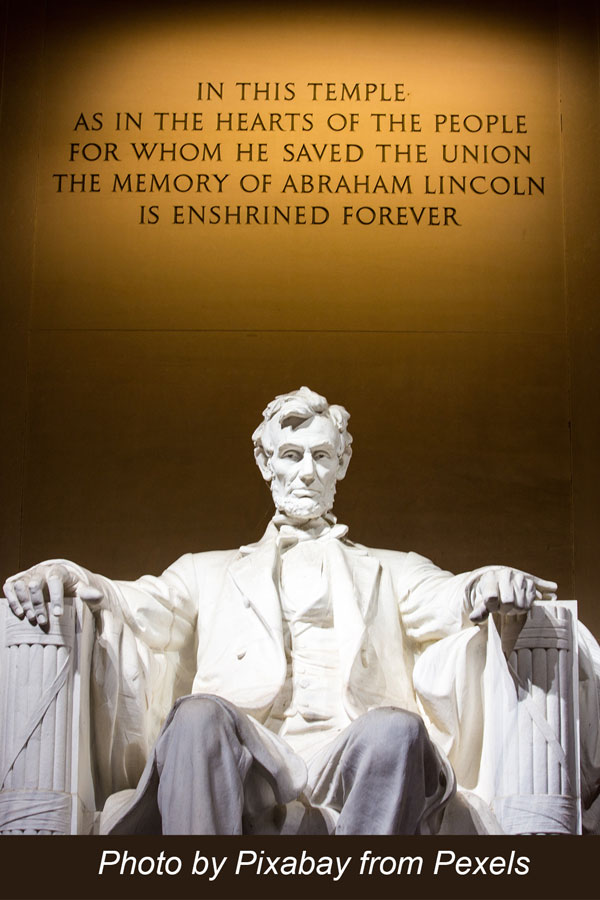I started this series on leadership with an eye toward the upcoming election cycle. Admittedly, most of the commentary provides guidance on how leaders best serve their organizations and team members. But let me get back to my original motivation and speak directly to expectations of our elected officials.
 Be an honest, forthright candidate. Provide solid evidence on the campaign trail about who you are, what you believe in, and what you plan to do in office. Don’t serve up empty platitudes and euphemisms. Don’t promise the stars and the moon unless you can demonstrate how you’ll pay for them and how it will affect the economy. Be open about who funds your campaign and how that will influence your decision-making.
Be an honest, forthright candidate. Provide solid evidence on the campaign trail about who you are, what you believe in, and what you plan to do in office. Don’t serve up empty platitudes and euphemisms. Don’t promise the stars and the moon unless you can demonstrate how you’ll pay for them and how it will affect the economy. Be open about who funds your campaign and how that will influence your decision-making.
If elected, act in integrity. What was promised during the campaign should find expression while in office. Speak the truth. Let everyone know that your word is your bond. Show your constituents that you care more about their interests and the good of the nation than you do about getting re-elected. Live into your oath to preserve, protect, and defend the Constitution of the United States. Let each branch of government attend to the tasks for which it has a clear mandate. Work effectively and cohesively with State and local governments. Let our system of checks and balances serve the American people as they were intended. Be transparent in all your affairs. Obey the law and make sure your associates do the same.
Leverage subject matter experts to educate the public and make important decisions. Scientists render crucial commentary on environmental considerations and changing weather patterns. Epidemiologists and public health professionals can tell us how to combat the current pandemic and protect ourselves from future threats. Economists can weigh in on the financial impact of policy initiatives. Diplomats have spent their lifetimes understanding complex geopolitical relationships. Career military officers have the training and experience necessary to assess the efficacy of military presence on foreign soil or in armed conflict. Surround yourself with the best and brightest. Listen attentively to their commentary and recommendations. Do enough of your own homework to engage them effectively. And when you’ve reached a decision, tell us why we’re pursuing a particular course of action and what we need to do to support it.
Keep a watchful eye on impending threats that could affect our life, liberty, and pursuit of happiness, and take action accordingly. Nuclear arsenals. Global warming. Pollution. Pandemics. Income inequality. Racial strife. Teetering economies. To name a few. Much of the work that will keep us safe won’t make headlines or garner acclaim. Do it anyway. Some of it will put a crimp on our lifestyles and make us grumpy. Take a stand for what’s in our best long-term interests anyway. Bring us on board with your reasoning so that we can all leave the country and the planet in good shape for the generations to come.
Be fiscally responsible. Assess taxes sensibly and fairly. Make sure we’re spending money on the right things in the right amounts. Hire good people and hold their feet to the fire on assigned deliverables. Trim the fat out of the government payroll. Curtail the national debt by balancing the budget and working toward generating a surplus to pay it down. Be an example of fiscal restraint and call upon your colleagues to join you.
Take seriously the mandate to serve all of the people, not just the folks who support your political agenda. According to Gallup polling data, registered Democrats and Republicans each lay claim to roughly 30% of registered voters with Independents, other party affiliations, and “none of the above” accounting for the remaining 40%. It makes no sense to pursue an aggressive agenda that delights 30% of voters, aggravates 30% of others, and leaves a burgeoning group of folks in the middle who find fault with both extremes. It makes no sense for one party to hold power and enact legislation that the other party rips apart 4 or 8 years later. And it does not make sense for uncompromising deadlock between House of Representatives and Senate, or Congress and the President. Do what all the rest of us out in the real world have to do. Compromise. Carve out some livable space in the middle that will persist across administrations.
Be a peacemaker. Stretch your hand across the political aisle to build relationships. Listen deeply to folks whose views are very different from your own. Model the ability to disagree without being disagreeable. Find the shared humanity on which we can build a strong, unified nation.




